Power play: Electric boats charge up the boating industry ladder
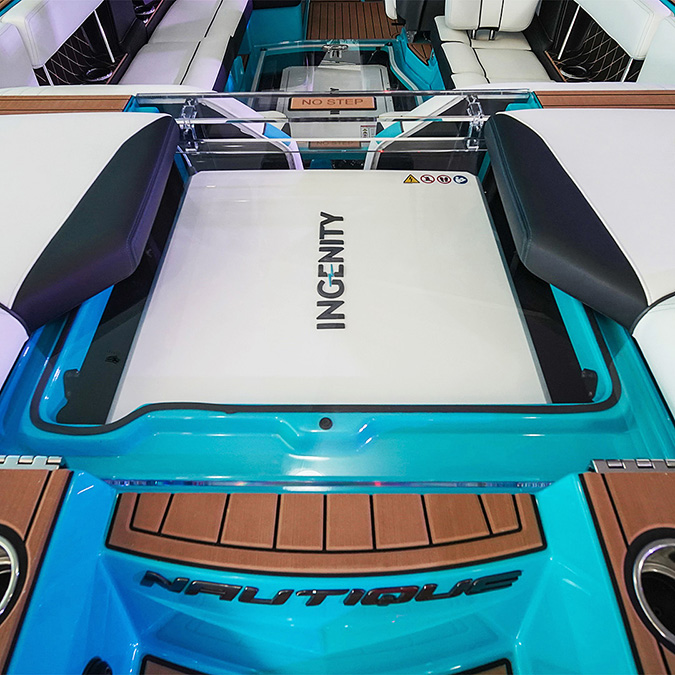
By David Gee
Although an early electric boat was developed by German inventor Moritz von Jacobi in 1839, it took more than 30 years of battery and motor development before they became more practical – and popular. And it’s taken another 150 years for them to become a four-and-a-half billion dollar segment worldwide.
The battery and motor development didn’t stop, and neither have sales. Although electric boat drives only represent about 2% of the market today, a report by IDTechEx shows that the market for hybrid and pure electric boats will rise rapidly to over $20 billion worldwide by 2027.
Marine milestone
Torqeedo CEO Dr. Christoph Ballin says energy storage technology is the largest limiting factor at this stage in the electric boating market.
“But batteries are getting better every year,” Ballin stated. “This is being driven by the automotive industry, which is leading the way in battery technology.”
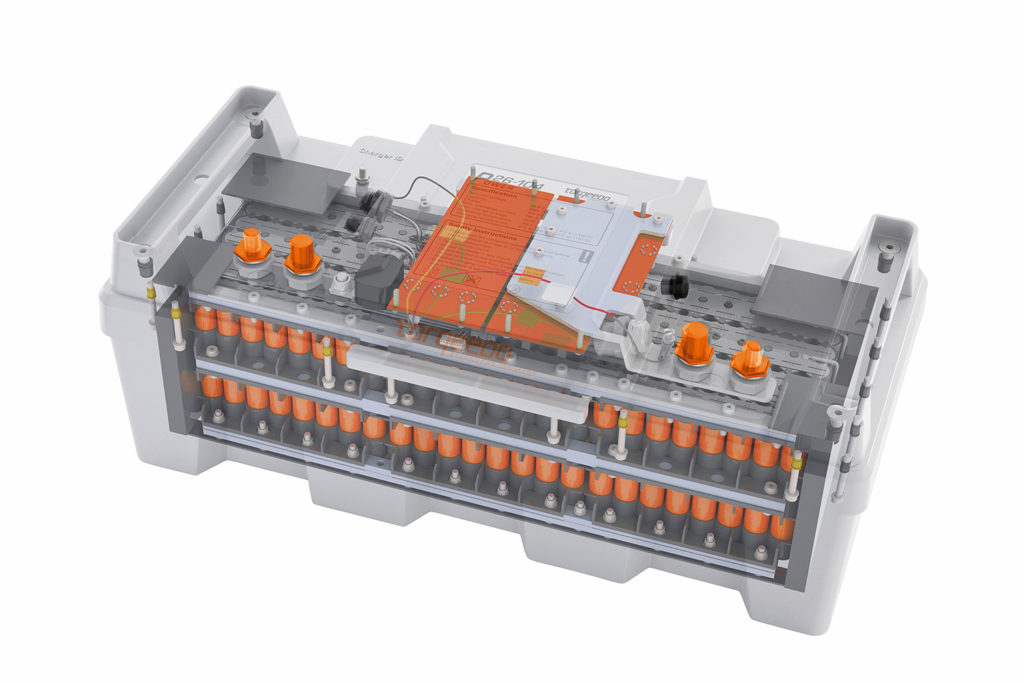
Torqeedo is celebrating the 15th anniversary of the company, as well as the delivery of its 100,000th electric drive for the worldwide marine industry.
“While we’re pleased to achieve these important milestones, Torqeedo has never been only about success as a company,” said Ballin. “Torqeedo is building the future of how people move on the water. We are driven by a vision of creating technological solutions the world has never seen to deliver a climate-neutral and more sustainable boating experience.”
Ballin noted that Torqeedo reinvests over 12% of its net sales on R&D every year — a level that is comparable to Silicon Valley technology companies — and has over 130 international and multinational patents.
“Our business strategy has been to continually push the envelope and bring state-of-the-art solutions to the marine market,” he said.
Domestic disruption
Pushing the proverbial envelope was also on the mind of Correct Craft CEO Bill Yeargin when they acquired an electric boat drive system, Ingenity. The acquisition is a result of Correct Craft’s Watershed Innovation initiative and will help prepare Correct Craft for a future beyond internal combustion engines.
“We started Watershed Innovation because of the rapid changes we see the world undergoing,” Yeargin told Boating Industry at the Miami Boat Show. “Companies that aren’t keeping pace, and in fact aren’t out in front of this, are simply going to go out of business. So we committed millions of dollars to disruptive innovation. We want to be out ahead of it. We want to be a leader.”
Those of you at Miami might remember that Ingenity launched a new electric boat drive with a unique battery specially designed for high demand marine propulsion in the popular Nautique 210 towboat.
With 124 kWh of stored energy, the Ingenity battery allows for two to three hours of typical watersports use and can be recharged in as little as 90 minutes. It has cells from top tier suppliers and the latest in cooling and safety technology. The battery management system is designed for thousands of cycles which equates to many years of use powering a boat with zero emissions.
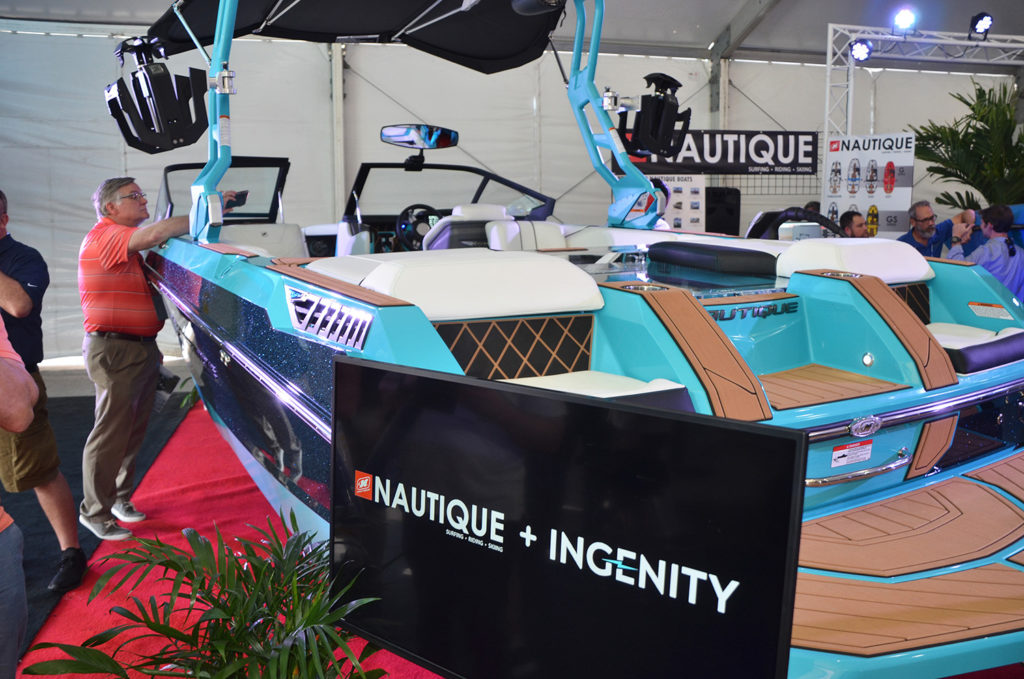
Ingenity was a recipient of the 2020 Miami International Miami Boat Show Innovation Award, and was also selected as a 2020 Top Product by Boating Industry.
“Ingenity continues to receive incredible response because there is nothing else like it on the market,” stated Sean Marrero, president of Ingenity. “Creating a better tomorrow today is our goal, and there is no better example of this than our new battery. Our small team has really worked hard and appreciates the recognition. I could not be prouder of them!”
Yeargin notes that he hears only two complaints about electric boats: cost and battery life. Both issues, he says, will be fixed with time. For comparison, he points to early cell phones that weighed down a briefcase.
“They were big, hugely expensive and the batteries did not last more than a handful of short calls,” Yeargin recalls. “Over time we progressed to the cell phones of today that are more powerful than – and a tiny fraction of the cost of – the supercomputers of 30 years ago. That is what is happening with electric boats except it is going to happen much faster.”
New markets
One of the benefits of an electric motor is that it requires no winterization and little to no maintenance. That understandably concerns some dealers, who count on service revenues as a vital part of their business models.
A couple of months ago I spoke to a serial boating industry entrepreneur and business owner who told me dealers shouldn’t focus on lost service jobs when considering carrying electric. Instead they should concentrate on expanding the reach of their businesses into a demographic and customer profile they don’t currently serve with gasoline-powered boats.
“It’s about winning new customers more than worrying about losing service department business,” he says.
After all, with decades’ worth of traditional motors in the marketplace, it’s not as if the parts and service department is going to disappear.
When I was doing a story on marinas a couple of months ago, I happened to talk to a guy who runs an aftermarket supply company for the boating industry. He grew up boating in the Midwest, but when he moved to the east coast, and a friend took him sailing, he switched.
“The main thing I love about being on the water in a boat, any boat, is that it de-stresses me,” he said. “And I found that with no motor, and only the sound of the wind hitting the sails and the water hitting the hull, sailing was the most relaxed I had ever been on a boat. But if I could have that same quiet, pristine experience in a powerboat, I would definitely be interested in that.”
Electric startup
That kind of sentiment is music to the ears of Piotr Zin. He’s the owner of electric boat upstart Zin Boats, who is using his design background with the likes of Brunswick Boat Group, BMW Designworks USA, Microsoft and others, to build electric boats using advanced carbon construction and high-end lithium batteries.
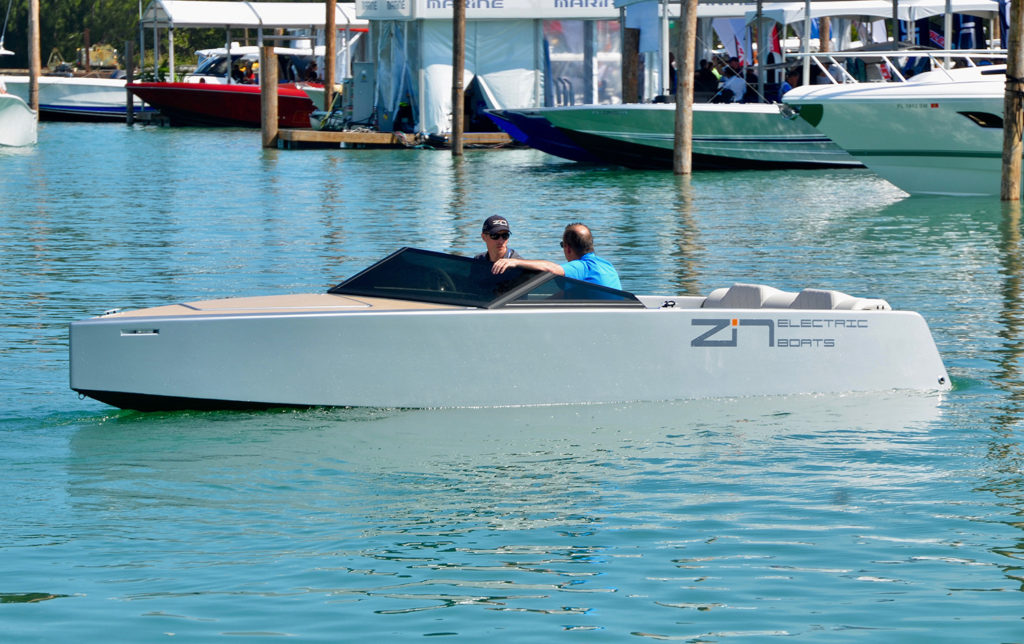
Zin, the guy, and the company, also debuted their latest product at the Miami Boat Show. And the ZR2, a 20-foot carbon runabout built around the BMW i3 battery and Torqeedo Deep Blue propulsion system, attracted quite a crowd.
“We had an amazing debut,” recalled Zin recently when I asked him about the Miami intro. “The idea of creating a high-performance electric boat is something that a lot of people at the show simply didn’t expect. When we tell someone that the boat is faster, has a better hole shot and better handling than most gasoline-powered boats we are met with a skeptical smile. But the moment they get on the boat and experience instant acceleration and top speeds of 35mph the smile changes to a big grin! I love seeing that! We think the support for electric boat companies is there.”
The quiet electric motor allows for a normal conversation at full speed. And at cruising speed, the boat has a range of about 80 to 100 miles. Customers can recharge the Z2R with either 110V or 220V, which makes it easy to maintain either at home or in the marina.
“We believe electric propulsion is the future of boating, but we are not willing to compromise on performance and handling,” said Zin. “I truly believe that the next decade will see massive changes to not only the propulsion but also how boats are built and maintained.”
In my research for this article I came across a paper on electric boats and market barriers written by Truls Tveitdal, Department of Design, Norwegian University of Science and Technology.
He writes that people are more likely to choose options that maximize utility based on their preferences, knowledge of alternatives and budget.
And that right now, because the initial cost of an e-boat is typically significantly higher when compared to gasoline or diesel-powered boats, and cost increases linearly with battery size or range, that these “barriers must be addressed for maximum market penetration to occur.”
Tveitdal says it seems that one of the biggest barriers to adoption of electric boats is that most people just don’t yet think about it as an alternative to traditional boats. But that, he writes, will change with lower cost battery technology, as well as more dealers, repair facilities, energy sources, battery recycling options and complementary infrastructure such as charging stations.
“The electric boat will change the way and how we think about boating,” opines Tveitdal. “It will also challenge our practices on how we use our boats and push our long-held norms in a new direction.”

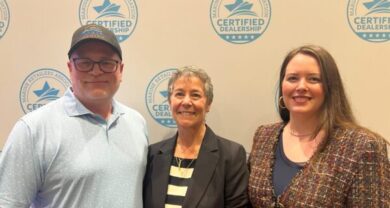

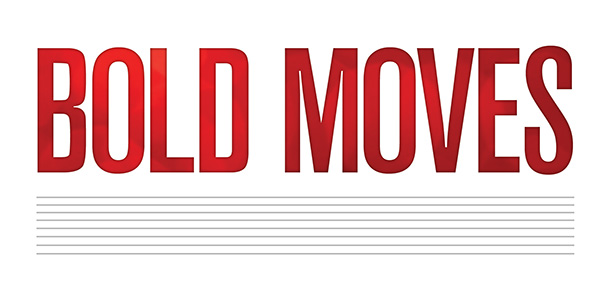
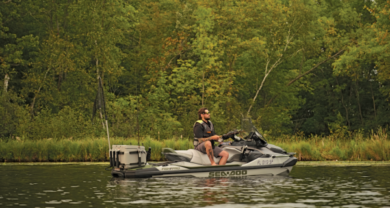

In fact, I rarely see electric boats. Hope it can be accepted by the market, it uses clean energy and can protect water sources.
Duffy Electric Boats has been around for 50 years now and has a GREAT line-up of harbor/lake cruisers.